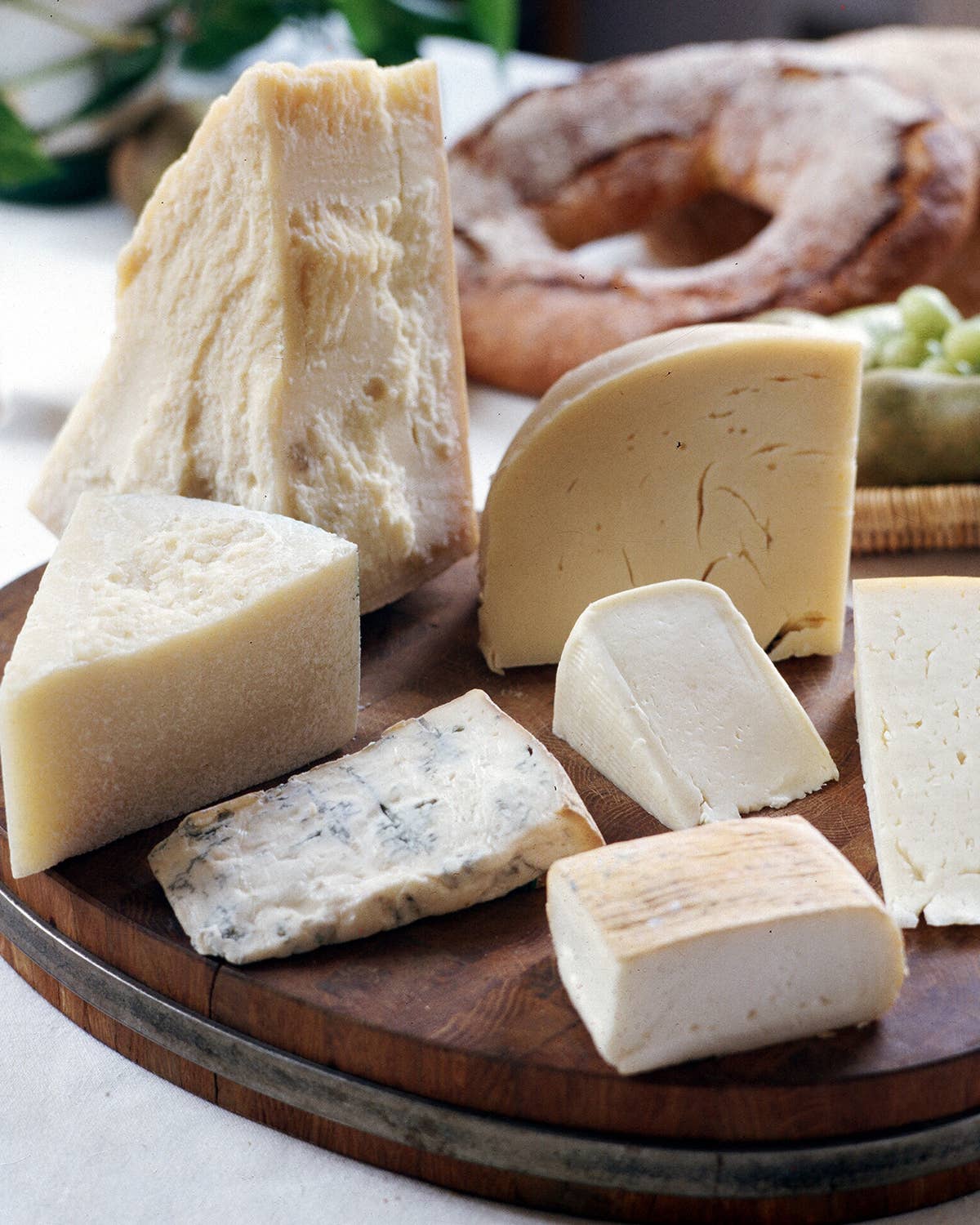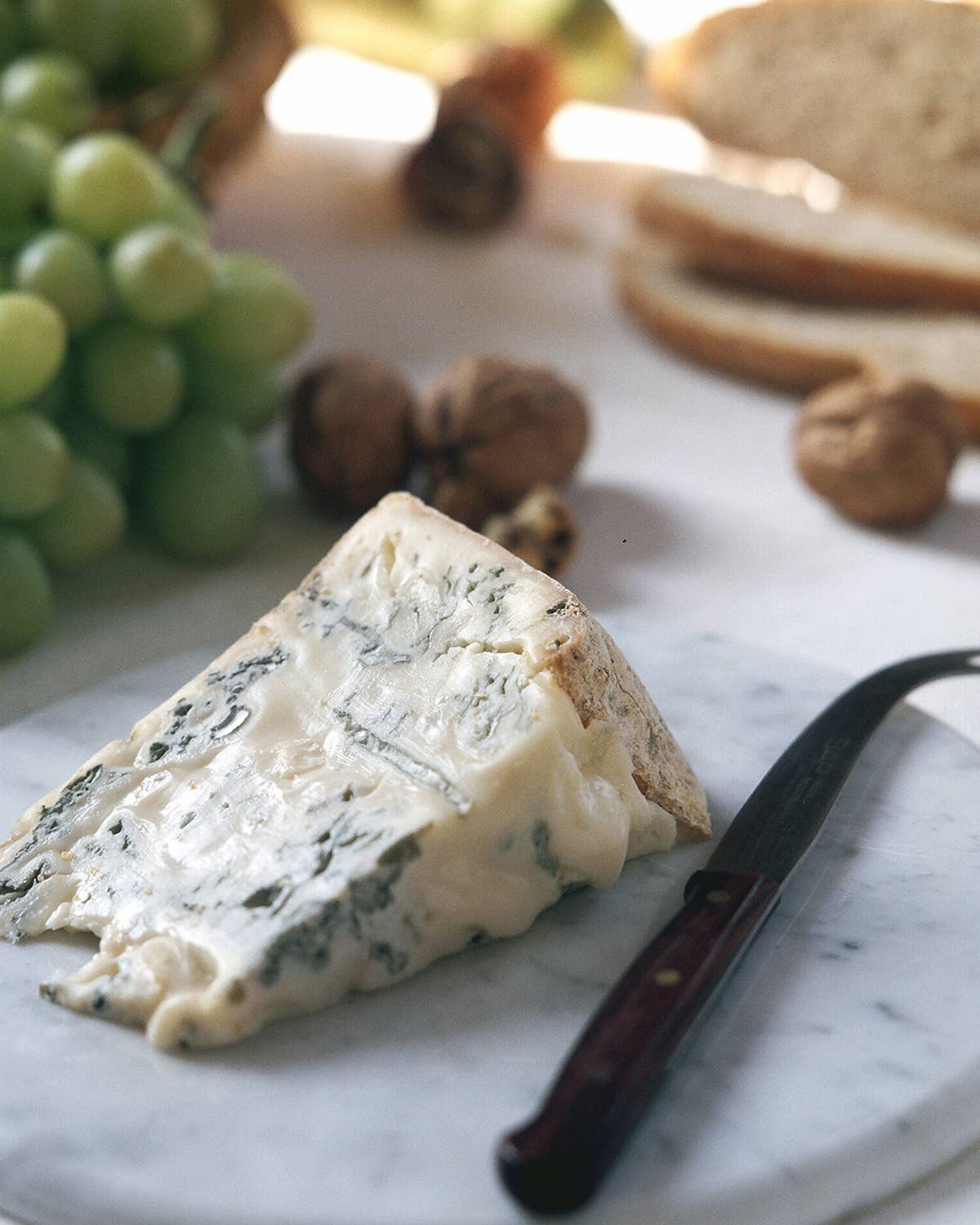Lately, Italian-style cheese is a part of on a regular basis life. From gooey mozz melted atop traditional pizza, to strip steaks drizzled with gorgonzola cream sauce, to the flourish of umami-rich parm crowning bowls of pasta from New York Metropolis to Tokyo, these tacky components are the culinary spine of recipes loved far past Europe’s boot-shaped nation. And whereas Italy’s cheesemaking traditions have additionally traveled past its borders—inspiring farmers, makers, and affineurs world wide—there’s nonetheless nothing fairly like the actual factor.
Many Italian cheeses are infinitely versatile within the kitchen, however that doesn’t imply they’re any much less revered than their cheese board brethren. Savory shards of Parmigiano-Reggiano (Italy’s “King of Cheeses”), for instance, may be loved with a glass of glowing wine, whereas that very same wheel’s rind, simmered in a brothy pot of white beans and escarole, is simply as a lot a revelation. That is partly on account of the truth that many well-known kinds of Italian-made cheeses are held to the strictest requirements. The European Union has granted greater than 500 Italian cheeses PDO (Protected Designation of Origin) standing, a authorized designation that ensures recipients are produced of their established area, utilizing the standard strategies and particular components that make every distinctive. Listed here are some issues that come into play:
Practically each Italian area produces some kind of dairy—and together with it, some kind of cheese, from piquante Gorgonzola ripened within the northern Piedmont and Lombardy areas, to gentle and milky Mozzarella di Bufala hand-stretched in southern Campania. Italian cheese is at all times crafted from top-quality milk, whether or not it’s constituted of the milk of sheep, cows, goats, buffalo, or a combination. Animal welfare and a grass-fed eating regimen are sometimes constructed into the exacting PDO requirements as properly: for instance, Sardinia’s Pecorino Sardo is made primarily from the milk of sheep that graze freely on that island’s lush and shrubby hillside pastures. Many PDO designations additionally specify that cheeses could solely be constituted of the milk of sure breeds—such because the agency, Alpine wheels of Piave, which have to be made utilizing an 80 % minimal of milk from the native Bruna Italiana, Valdostana Pezzata Rossa, Frisona Italiana, or Grigio Alpina cows.

Very like wine, Italian cheese is an agricultural product reflective of its origin’s soil, terrain, flora, and local weather. From the vegetation consumed by the dairy herd to the situations below which a cheese is aged, every one takes on very explicit regional traits. As an example, Fontina Val d’Aosta is made solely from the unpasteurized milk of Valdostana cows pastured in northern Italy’s Aosta Valley. The ensuing Alpine cheese is creamy and agency, and its ripening course of—as much as three months of relaxation in pure stone caverns—enhances the milk’s underlying nutty, buttery, grassy notes.
After milk has been sourced, it’s as much as proficient Italian artisans to craft it right into a cheese that’s constant from wheel to wheel, and is a singular expression of its explicit place, producer, and custom. Cheesemaking just isn’t a straightforward activity, and in Italy, it’s an artform that rigorously balances science, tradition, and craft. Every cheesemaker and affineur depends on strategies honed over generations. And in some instances, the artisans themselves are a part of the authenticity of the cheese; Gorgonzola, for instance, could solely be made by 40 small household dairies and industrial producers. Grana Padano, one among Italy’s hottest exports, was created by the Cistercian monks of Chiaravalle Abbey in Lombardy—although it has lengthy outgrown the monastery and is now extra broadly produced.

The historical past of cheese in Italy dates again 1000’s of years and is a vital a part of Europe’s meals tradition. Pecorino Romano was used to feed legions of Roman troopers; the salty, low-moisture cheese was deemed an important supply of fats, salt, and protein, and remains to be prized for its lengthy shelf life right this moment. Manufacturing of Parmigiano-Reggiano has barely modified for the reason that twelfth century; it’s nonetheless constituted of a mix of complete and skimmed milk in massive copper cauldrons, and solely within the areas of Emilia-Romagna and Lombardy. Lombardy’s gentle, washed-rind Taleggio has been made a lot the identical method for the reason that Center Ages, too, drawing its distinct pungency from ripening within the naturally cool caves of Val Taleggio.
Italy’s wealthy and storied historical past—together with its numerous local weather, geography, and regional traditions—make it notably fertile floor for cheese manufacturing. Historical recipes and strategies have persevered for millenia, often adapting and evolving with know-how, however at all times with the utmost care and oversight. When no substitute will do, ask your native cheesemonger for Italian-made cheese, or search for “made in Italy,” on the label on the grocery store.


